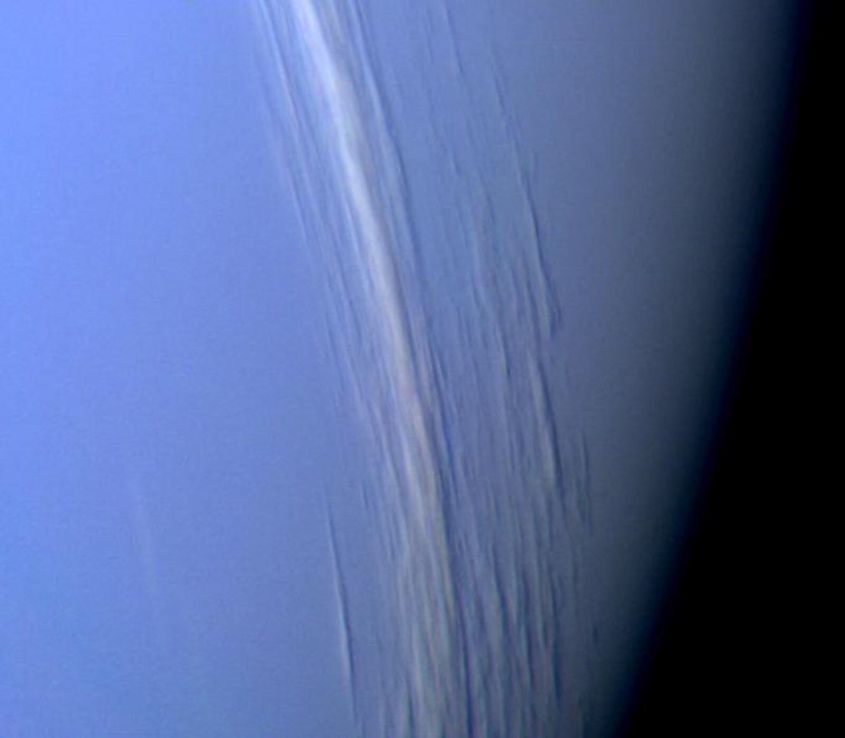
The Fastest Winds In The Solar System
Here on Earth, the fastest winds ever recorded reached 248 miles per hour (408 km/h) during a tropical cyclone in Australia in 1996. Although that seems extremely fast, it’s nothing compared to the fastest winds ever recorded in the solar system. Neptune is home to the fastest recorded winds in the solar system, moving at about 1,242 miles per hour (2,000 km/h). If winds of this speed occurred on Earth, they would move faster than the speed of sound. Interestingly, since the speed of sound is dependent on the density of the air, winds on Neptune do not actually exceed the speed of sound on Neptune due to the higher density of Neptune’s atmosphere. Why does Neptune have such fast winds?
Neptune Is A Mysterious World

On Earth, our weather results directly from our planet absorbing solar radiation. The sun's heat provides energy for large storms, but since Neptune is a staggering 2.7 billion miles (4.3 billion kilometers) from the sun, how does it generate such powerful winds? Interestingly, before Voyager 2's flyby, scientists believed Neptune’s atmosphere would be featureless due to minimal solar radiation. Uranus's atmosphere was also largely featureless, despite orbiting nearly one billion miles (1.5 billion kilometers) closer to the sun. When Voyager 2 measured Neptune’s temperature, astronomers were surprised to find it similar to Uranus’s. Why Neptune remains so warm remains a mystery, especially since we haven’t revisited Neptune since Voyager 2’s 1989 flyby. Most our current knowledge comes from that single mission. While Jupiter and Saturn have been studied more extensively, the limited data from flybys highlight how little we knew then about the outer planets. Today, our understanding of Uranus and Neptune is comparable to what we knew about Jupiter and Saturn four decades ago. There’s still much to learn about these outer planets. For Neptune, the reasons for its high internal temperatures and rapid winds are unknown. It’s conceivable that Neptune’s interior transfers heat efficiently, creating convection currents that circulate air and influence temperature. Rising heat from inside could drive Neptune’s storm systems and produce its supersonic winds. Until we send another mission, the true cause of Neptune’s storms might stay a mystery.











